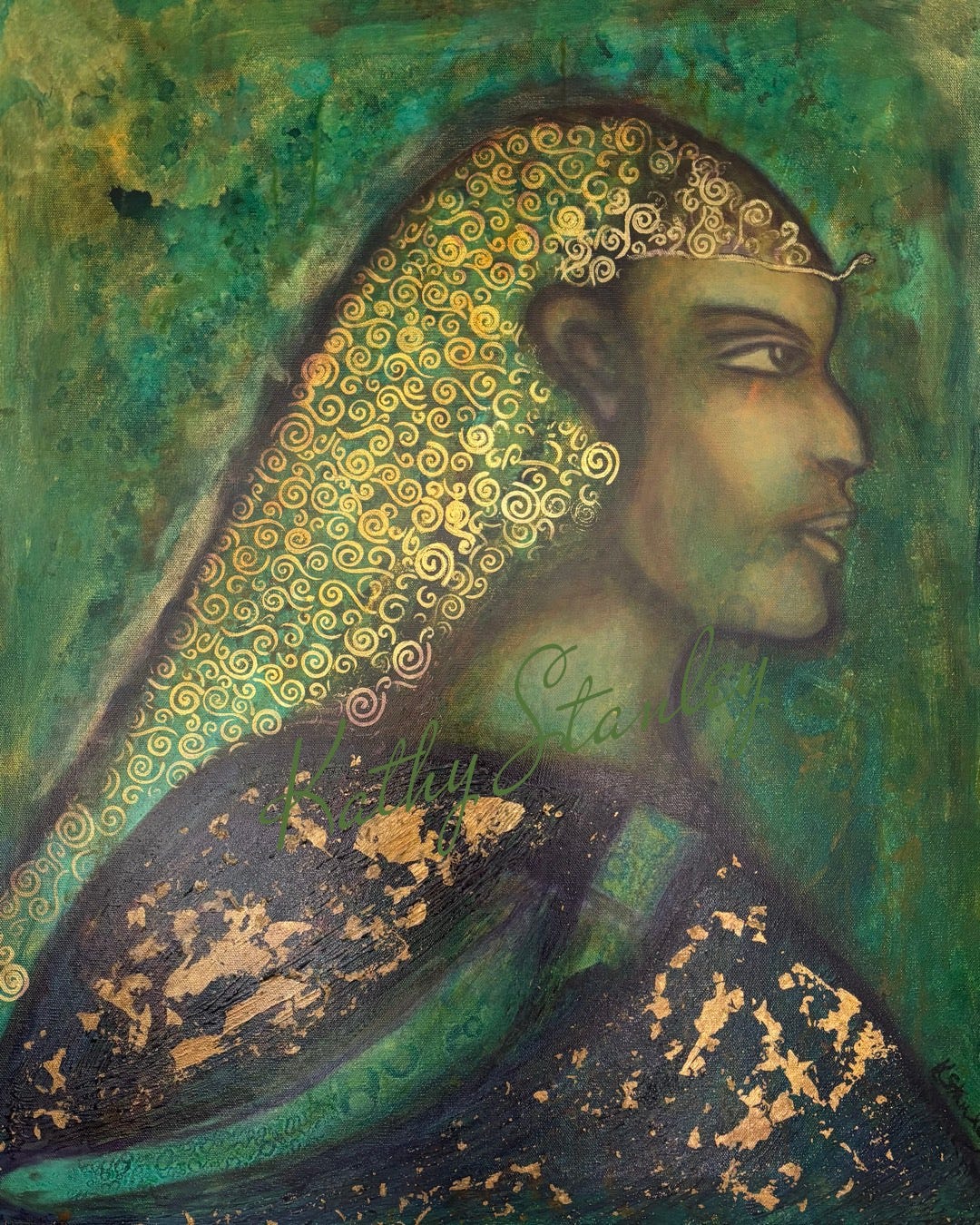Why don't we call on Medusa?
Haven’t we seen enough of the embarrassing spectacle in Washington that gets more shameful and embarrassing by the day?
We might need some new approaches. Clearly we are at this transformational turning point in history. The world is uniting . . against us. Let’s get back on track. I’m encouraged by the groundswell of multiple grassroots groups gathering across the country. It’s time to take the country back from the destructive forces. We don’t have Kings around here. Some support from the archetypal feminine forces in the human psyche might be well timed.
Back on November 9, 2016 I wrote an essay titled “This election is a seismic lesson in unity consciousness” with these words: America, you are on an adventure. And the world is watching. Donald and Bernie both appealed to the people who know that there is a great inequality in the way our economic, political and institutional systems operate. A new revolution in consciousness is being unearthed and we are just at the start of it. There is something collective going on worldwide that we need to pay attention to . . . There may be something important for us all, as a species, to “get.” Earth is giving us lessons about how our economic and industrial growth machines affect the planet. This is another lesson on how our economic inequalities (worldwide) have fueled a rising up of rage. May we all learn the lessons well no matter how messy it looks right now. What a Divine Lela (play) we have here.
Did you know that Medusa guards the most important documents of the United States?
Yes. A six-foot high iron gate with large Medusa medallions stands at the entrance to the Rotunda of the Charters of Freedom in the National Archive Building in Washington, D.C. where the Declaration of Independence, The Constitution, the Bill of Rights and the Gettysburg Address are housed.
I find that interesting.
I met Medusa in 2011 when I decided to enter a Masters Degree Program in Women’s Spirituality. I was so grateful to get to study with the great Judy Grahn and studied her theory of metaformic culture. Judy Grahn (1993) says that “metaforms at times ‘speak’ to us . . . people understand this communication as a dialogue with nonhuman intelligent spirit, or deity, as messages from the mind of the cosmos” (p. 22) and I wrote a paper titled The Lure of Medusa: Iconic Figure for a Metaformic Culture which starts out:
“A Medusa-like figure appeared in a series of paintings I worked on last summer. Perhaps it was my recent decision to enter the Masters program in Women’s Spirituality that brought forward the iconic, snake-haired maligned female from Greek mythology out of my psyche and onto the canvas. Large eyes stared out in a fixed gaze and her wide open mouth appeared to be shouting like the figure in the expressionist painting “The Scream” by Edvard Munch. Her serpent locks sprouted in all directions from her head and hung to her feet. Once I recognized her, I couldn’t stop painting her.
The classic myth of Medusa told by Homer, Hesiod and Ovid recounts her beheading by the warrior Perseus who slays her at the behest of Athena:
Once she was a beautiful woman who took the sea god as a lover. Often Medusa would lie with Poseidon in the spring grass, the heavy fragrance of blossoming trees around them. But once, the Greeks said, the pair made their bed within a chapel of Athena. The offended goddess turned Medusa into a Gorgon, later engineering Medusa’s murder. As she died at the hand of Athena’s servant, Medusa gave birth. From her neck sprang the magnificent winged Pegasus and the hero Chrysaor as well. Drops fell on the desert, and there engendered snakes. The Gorgon’s remaining blood was caught in vials; it had such power that a single droplet from the left side could raise the dead, and the same tiny amount from the right could instantly kill. A lock of her hair was given to the champion Heracles, who hid it in an urn; while it did not have the power of her blood or her head, Heracles did find it useful for causing entire armies to be seized with inexplicable panic. (Monaghan, 1997, p. 213)
Variations of the myth abound but the central elements revolve around the terrible gaze of Medusa’s eyes that could turn a person into stone and her gruesome beheading by Perseus. Her head was covered in snakes which gave her a frightful appearance and Athena wore the image of her on her breastplate as an apotropaic device. From out of Medusa’s severed neck, two offspring were born, the winged horse Pegasus and Chrysaor.
Medusa has inspired countless works of art and literature over the past two thousand years.
A riveting figure in mythology, fascination with her has been active since the story was recorded by Hesiod and Homer in the 7th century BCE. From Renaissance masters to Romantic writers, feminists, poets, artists and psychologists, Medusa’s grip on humanity’s psyche seems as vibrant today as it was in the Bronze Age. As Ileen Root (2007) says about the intrigue with Medusa:
[They] have all mined the monster’s cave for riches and found relevancy . . . Every minute aspect of the story has been infinitely analyzed – the mirror, the shape of the sickle knife, the freezing gaze, the triple gorgon sisters, the blood, the severed head, the winged horse, the cave, the single tooth and eye of the other set of the triple sisters, the Graeae, who guard the cave, and so forth. (p.16)
But why? Is it that she is a fitting symbol of what was done to the feminine at the time that patriarchy was taking hold in the West? Is it the castrating fear she evokes in men that her terrible gaze will turn them to stone? Her image and story offer fertile ground for exploration out of which volumes have been written.”
I am thinking of publishing the entire paper here on Substack in the coming days but in the meantime something interesting has unfolded for me over the past week.
I have been receiving requests for my art from different gallery groups and since 2021 my art has been seen in magazines such as House and Garden, The World of Interiors and other Conde Nast titles. I have never shown my “Queen Medusa.” Until now.
It’s like she’s demanding to be seen. Now.
So she’s going to be seen. At Art Santa Fe in July. In New York, in the Fall. In House and Garden Magazine in their upcoming August issue.
She has a message. She supports and wishes to elevate every word spoken here by Professor Laurence Tribe of Harvard:
References:
Grahn, Judy. (1993). Blood, Bread, and Roses: How Menstruation Created the World. Boston, MA: Beacon Press.
Monaghan, Patricia. (1997). The New Book of Goddesses & Heroines. St. Paul, MN: Llewellyn Publications.
Root, I. B. (2007). Redeeming the gorgon: Reclaiming the medusa function of psyche. Pacifica Graduate Institute. ProQuest Dissertations and Theses, Retrieved from http://search.proquest.com/docview/304714925?accountid=25304
Stanley, K. (2012). The Lure of Medusa: Iconic Figure for a Metaformic Culture.






